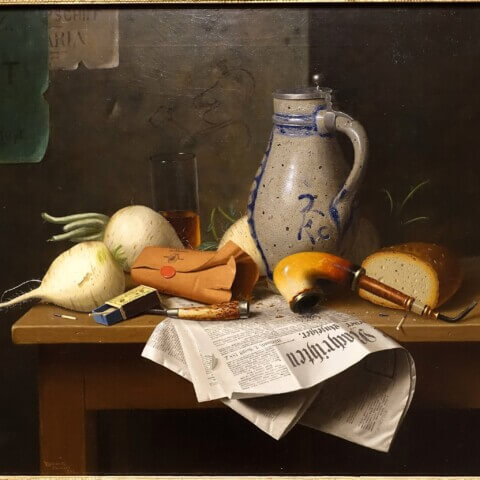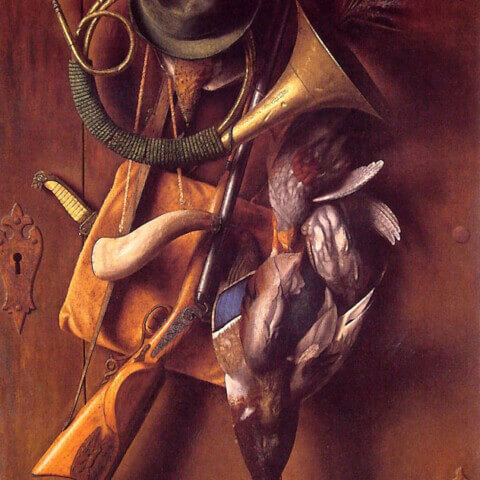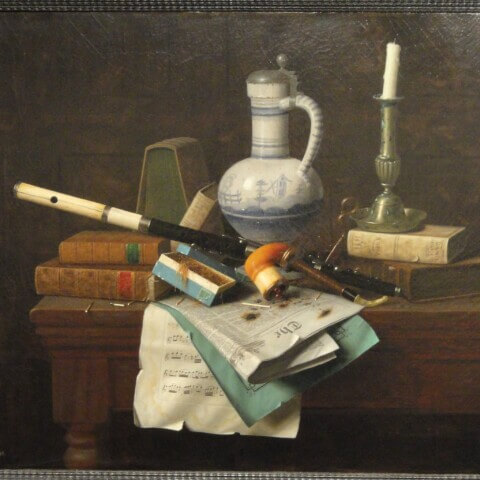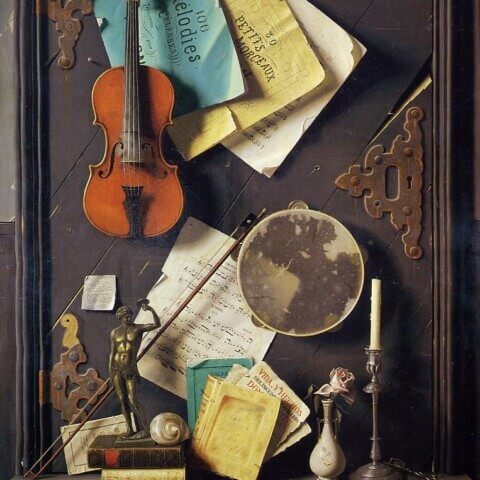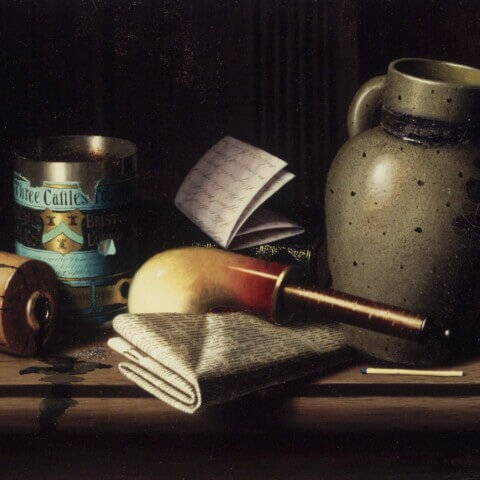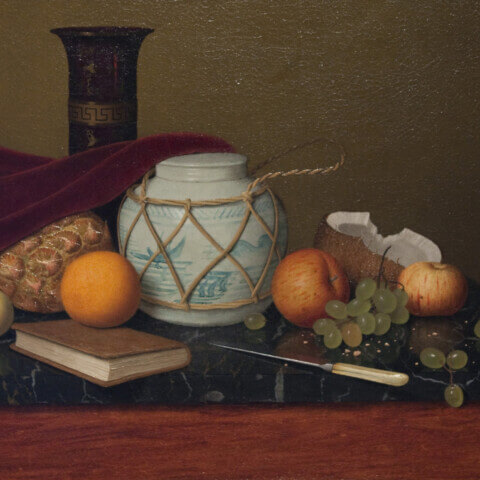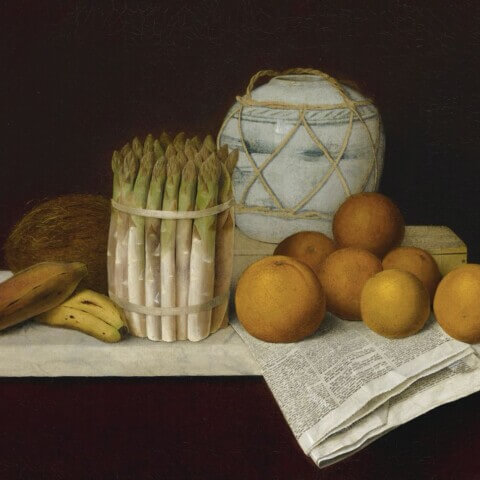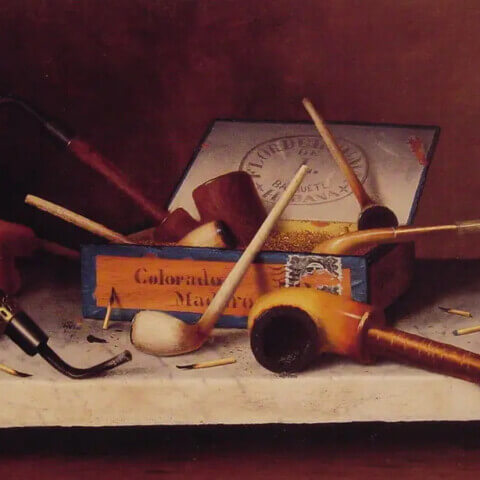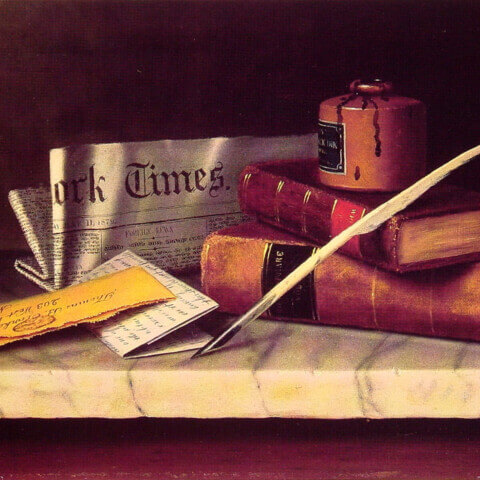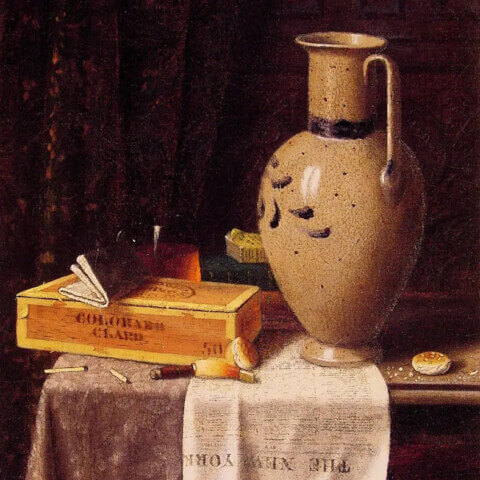William Michael Harnett
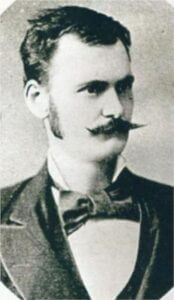
William Michael Harnett (1848 – 1892) was an Irish-American painter known for his highly detailed and realistic still life compositions. He is renowned for his masterful trompe-l’oeil technique, which was used to create the illusion of three-dimensional objects on a two-dimensional surface. Harnett’s meticulously painted scenes often depicted commonplace objects such as books, musical instruments, and other domestic items, creating an illusion of reality that was almost photographic in its detail.
Harnett was born in County Cork, Ireland, but immigrated to Philadelphia with his family when he was still a child. He demonstrated an early talent for drawing and painting and began formal art training at the Pennsylvania Academy of Fine Arts. He also studied at the Cooper Union in New York City.
In the 1880s, Harnett achieved considerable fame in the United States and Europe for his works, which were popular among collectors for their amazing attention to detail and illusionistic qualities. His paintings like “After the Hunt” (1885) and “The Faithful Colt” (1890) are among his most celebrated works.
Harnett’s life and career were cut short by a kidney disease, and he died in 1892 at the age of 44. Despite his relatively short life and career, Harnett left a significant mark on the genre of still life painting and trompe-l’oeil. He influenced a generation of artists who would go on to explore and develop these techniques in their work.
Today, Harnett’s paintings can be found in prominent art museums around the world, including the Metropolitan Museum of Art in New York, the Philadelphia Museum of Art, and the National Gallery of Art in Washington, D.C., among others. His legacy as a master of still life and trompe-l’oeil continues to be appreciated and studied by art enthusiasts and scholars alike.

